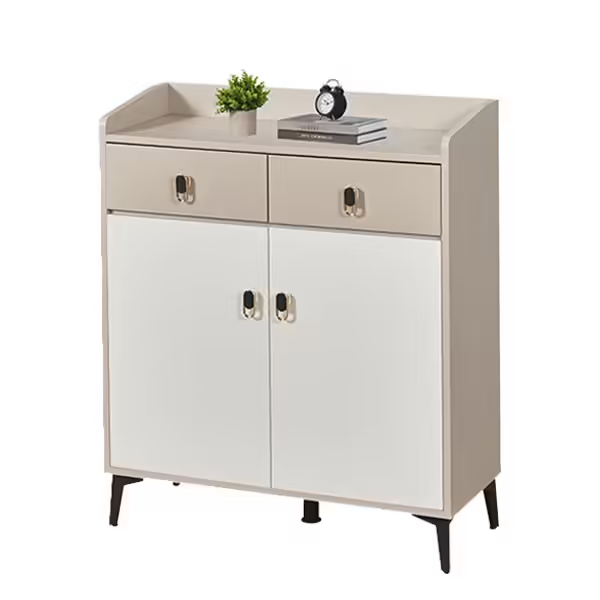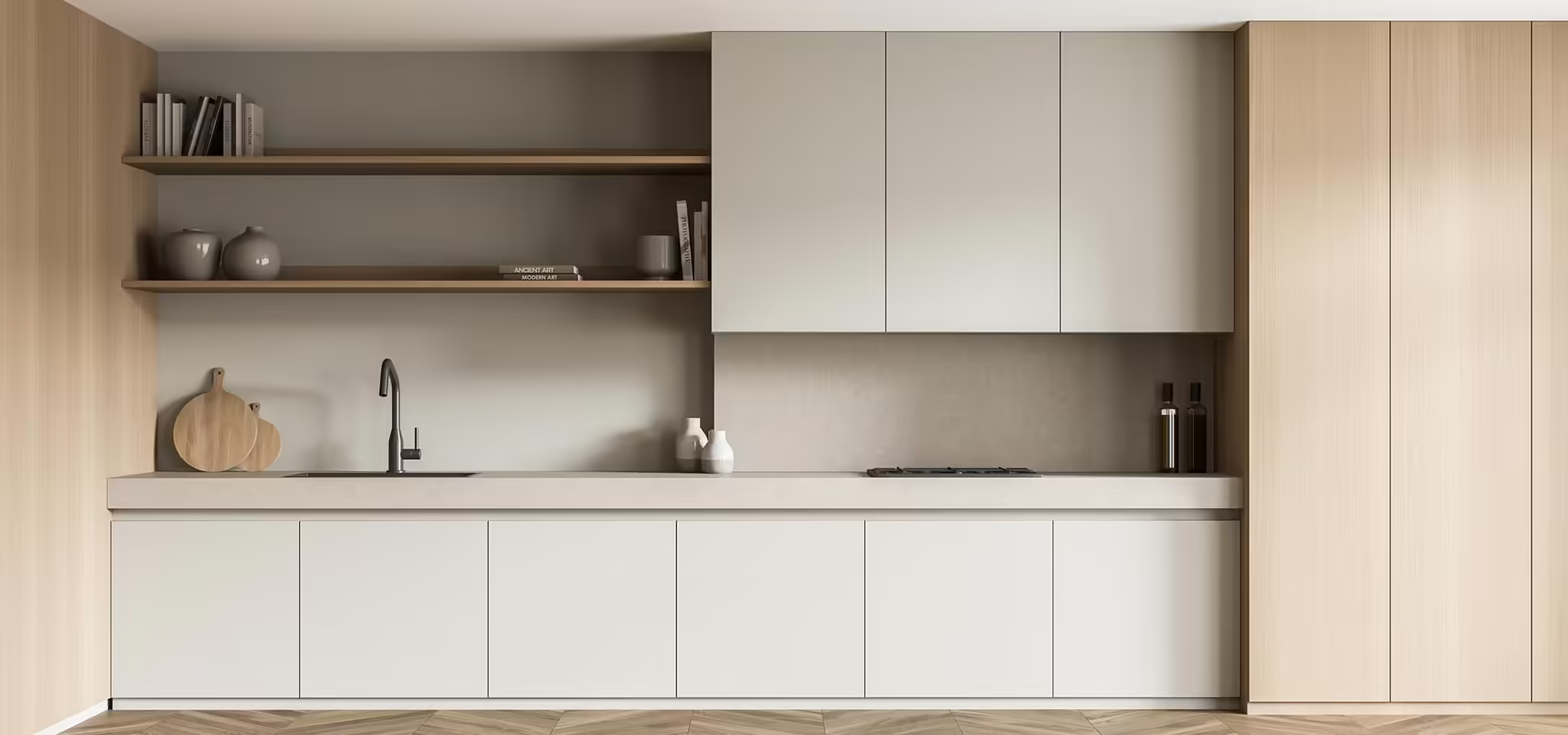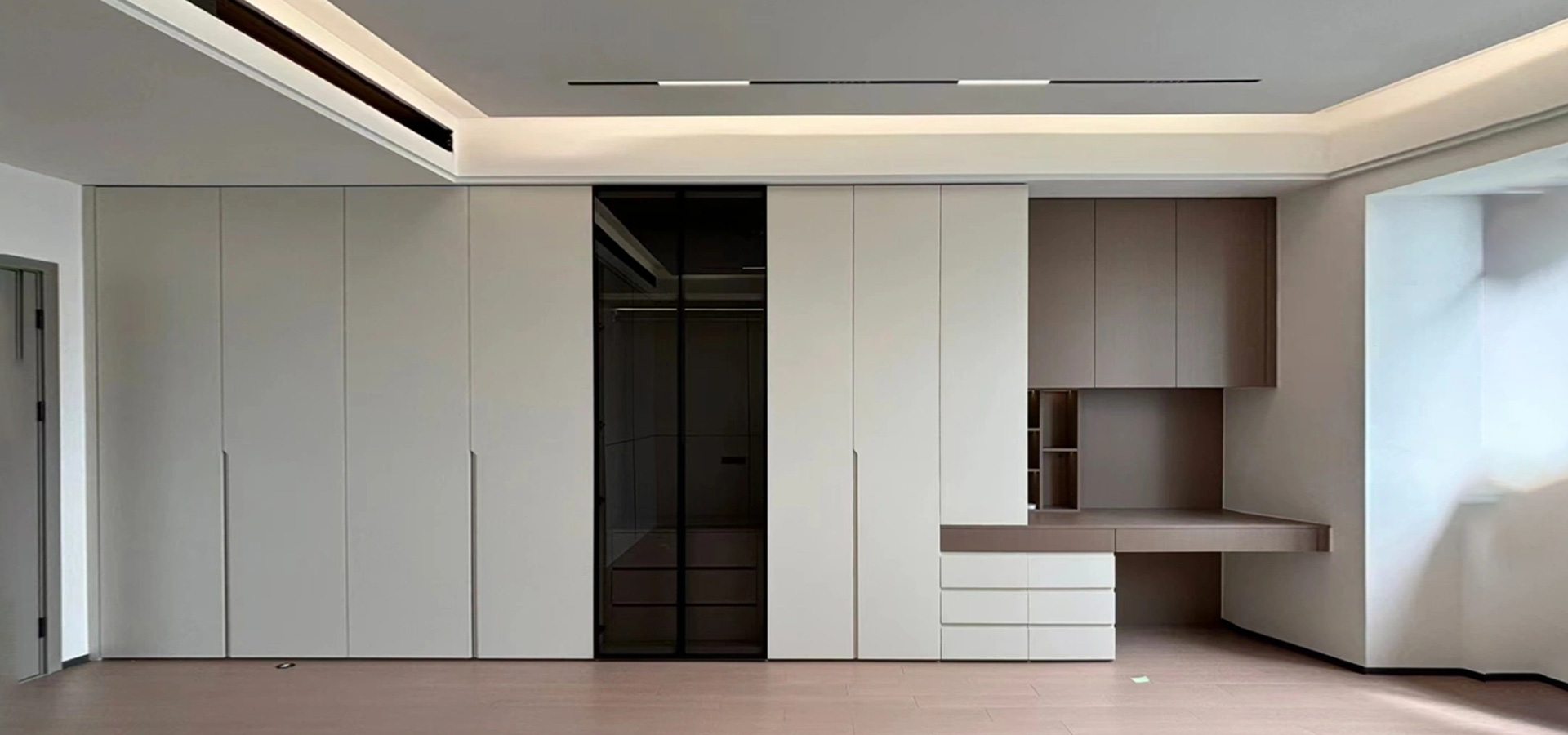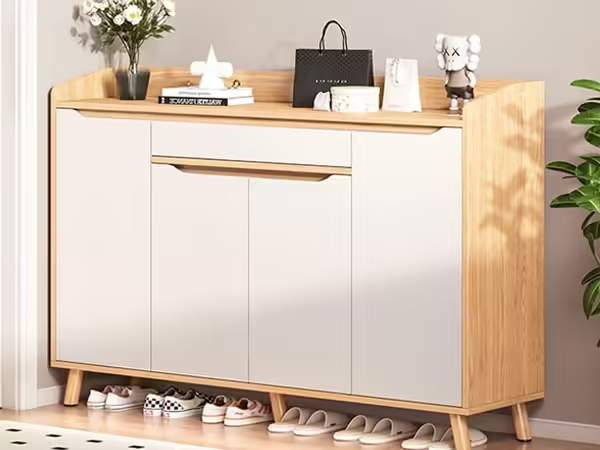As the global home furnishing industry enters a new cycle of upgrading, consumer priorities are quietly shifting. From simple storage functions in the past to today’s emphasis on eco-friendly materials, intelligent design, and personalized experiences, the wardrobe and shoe cabinet industry is facing unprecedented opportunities and challenges. In recent years, “green environmental protection” and “smart storage” have become two major driving forces behind the industry’s development, not only reshaping product formats but also leading consumer trends across the furniture market.
In this article, we will deeply analyze the latest trends in the wardrobe and shoe cabinet industry, interpret the market logic behind green environmental protection and smart storage, and explore how companies can stand out in this new round of competition.
- Market Background: Rapid Growth in Demand for Storage Furniture
According to Statista data, the global furniture market is expected to exceed $1.01 trillion by 2025, with storage furniture experiencing the fastest growth. Wardrobes and shoe cabinets, as essential household items, account for over 40% of the storage market.
Three major factors driving this rapid market growth:
Space constraints: Urban housing is limited, and small households have a strong demand for efficient storage.
Consumption Upgrade: The post-80s and post-90s generations are increasingly becoming the primary consumers, placing greater emphasis on quality of life and design aesthetics.
Global Trends: Demand for wardrobes and shoe cabinets is growing significantly in emerging markets (such as Southeast Asia, Africa, and South America), and imported products are in short supply.
This means that wardrobe and shoe cabinet companies that can grasp the two key areas of green environmental protection and smart storage will have a broad global competitive advantage.
II. Green and Environmental Protection: A Core Requirement for Industry Development
- Environmentally Friendly Materials Become the Market Standard
With tightening global environmental regulations, E0 and E1 grade environmentally friendly panels have become a “hard threshold” for the industry.
European Market: Strict implementation of REACH regulations imposes extremely high requirements on formaldehyde emissions.
US Market: California’s CARB Phase 2 standard has become a global environmental benchmark.
Many leading companies are beginning to adopt bamboo fiber panels, recycled wood, and water-based paints to effectively reduce formaldehyde and VOC emissions. Data shows that the market share of environmentally friendly products has increased from 20% in 2018 to 45% in 2023, and is expected to exceed 60% within the next three years.
- Sustainable development is gaining popularity
Consumers are increasingly prioritizing eco-friendly labels when purchasing furniture. A survey shows that over 38% of global consumers are willing to pay a premium for “green” furniture. For businesses, environmental protection is not only a social responsibility but also a crucial means of increasing brand value and profit margins.
III. Smart Storage: Technology Transforming Lifestyles
- Modularity and Space Optimization
The first step toward smart storage is to expand limited space. Modern wardrobes and shoe cabinets feature modular designs that can be freely assembled to suit the layout of the home. For example:
Removable dividers accommodate seasonal clothing changes.
Removable shoe racks accommodate different shoe styles.
- Intelligent Features Are Becoming More Prevalent
In addition to traditional storage functions, smart wardrobes and shoe cabinets are incorporating technological elements:
Sensor lighting: Automatically illuminates when the door is opened, energy-saving and convenient.
Dehumidification and sterilization: Built-in negative ion or ultraviolet light devices keep clothes and shoes dry and healthy.
Smart management system: Some high-end wardrobes are equipped with RFID chips for clothing recognition and smart matching.
These features not only enhance the user experience but also align with the trend of young consumers pursuing a “smart lifestyle.”
- Data-Driven and Customized
Another key advantage of smart storage is the use of big data to enable precise customization. For example, companies can leverage a customer’s living space data to design the most appropriate wardrobe and shoe cabinet solutions, truly achieving personalized solutions for each individual.
- The Fusion of Green and Smart Storage
In the past, environmental protection and intelligence were two separate concepts, but now they are converging into a mainstream industry theme:
Green + Smart Materials: Eco-friendly panels combined with smart hardware make furniture both healthy and high-tech.
Energy-saving and environmentally friendly smart features: Examples include low-energy LED lighting and automatic sensing power saving modes.
Full Lifecycle Environmental Protection: From raw material procurement and manufacturing to product use and recycling, intelligent management helps companies reduce carbon emissions.
This integration not only meets the multi-faceted needs of consumers but also helps companies stand out in international competition.
V. Business Cases and Market Performance
Take Langfang, Hebei, a Chinese furniture production hub, as an example. Local companies, leveraging their well-developed industrial chain and manufacturing capabilities, have secured a significant position in the global market. Many have rapidly improved their competitiveness through the following measures:
Introducing German CNC equipment to achieve a cutting accuracy of ±0.1mm.
Using water-based paint and UV-cured processes to reduce VOC emissions by 90%.
Launching a smart wardrobe series with integrated lighting, dehumidification, and app-based remote control.
Data shows that the export volume of these companies has maintained an annual growth rate of over 20% over the past three years, with significantly increased repeat purchase and positive reviews.
VI. Industry Challenges and Countermeasures
Despite its enormous market potential, the wardrobe and shoe cabinet industry faces several challenges:
Severe homogeneity: Small and medium-sized enterprises lack differentiated competitive advantage.
Rising cost pressures: Environmentally friendly materials and smart hardware increase production costs.
International trade barriers: Environmental protection and certification standards continue to rise in various countries.
Countermeasures include:
Increasing R&D investment and launching differentiated products.
Establishing overseas warehouses to shorten delivery cycles.
Strengthen brand building and enhance premium pricing.
VII. Future Outlook: Towards a New Era of Intelligence and Greenness
Over the next decade, the wardrobe and shoe cabinet industry will develop in the following directions:
Fully Environmentally Friendly: E0-grade panels will become the market standard, and green certification will become a must-have.
Popularization of Intelligence: Smart storage functions will become as ubiquitous as air conditioners and televisions.
Global Branding: Companies will no longer be limited to “manufacturing” but will instead win market share through brand value.
Personalized Customization: Leveraging AI and big data, consumers will have their own storage solutions.




